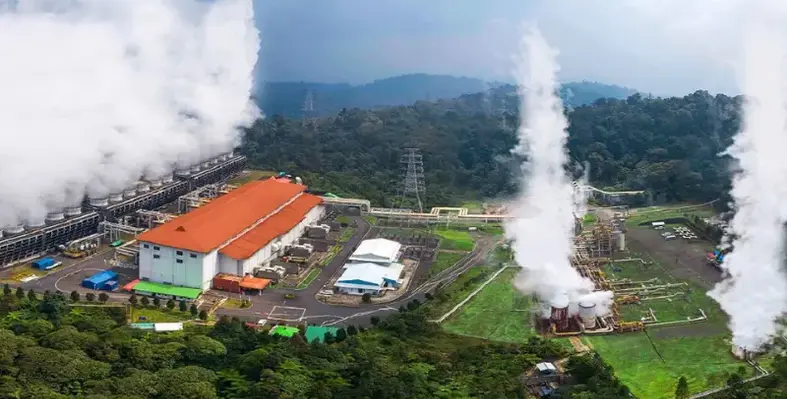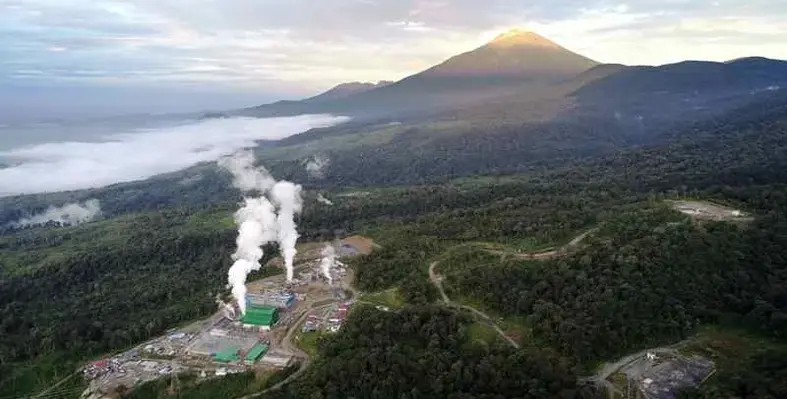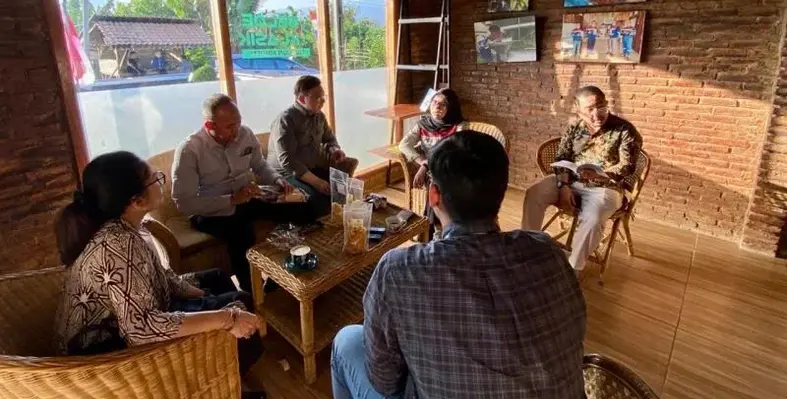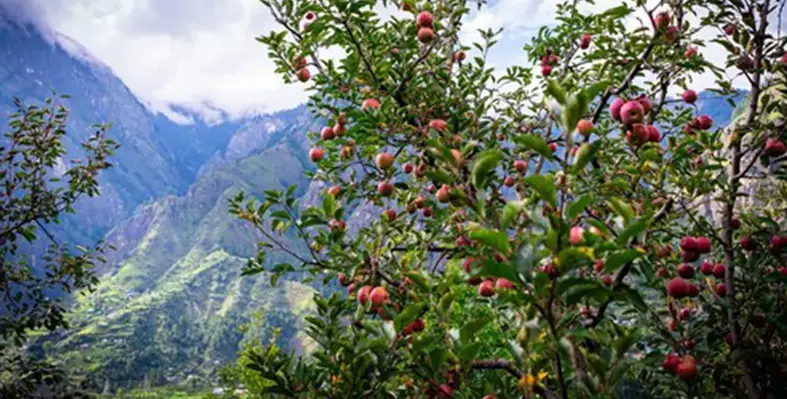Asia Pacific
Asia Pacific
- Region: Asia Pacific
- Topics: Geothermal
- Date: 26 November, 2025
The WalterMart and Abenson Group of Companies have renewed their partnership with First Gen Corporation (First Gen), the Philippines’ leading renewable energy provider, to power their operations with geothermal energy.
- Region: Asia Pacific
- Topics: Geothermal
- Date: 13 November, 2025
In a historic stride for Taiwan’s renewable energy sector, Baseload Power Taiwan has achieved a significant breakthrough-securing full tribal consent to explore and develop geothermal resources in Hualien County.
- Region: APAC
- Topics: Geothermal
- Date: 12 November, 2025
Indonesia’s geothermal landscape is set to sizzle as PT Barito Renewables Energy Tbk (BREN) ramps up the heat in its renewable energy arsenal.
- Region: Asia Pacific
- Topics: Geothermal
- Date: 10 November, 2025
The Asian Development Bank (ADB) has approved a US$180mn loan as the second additional financing to support PT Geo Dipa Energy (GDE) — an Indonesian state-owned company — to further boost the country’s geothermal electricity generation.
- Region: Asia Pacific
- Topics: Geothermal
- Date: 29 October, 2025
Geothermal energy producer Energy Development Corp. (EDC) is exploring options to repurpose its 129 MW Upper Mahiao Power Plant in Kananga, Leyte, after the facility reached the end of its operational lifespan.
- Region: Asia Pacific
- Topics: Geothermal
- Date: 24 October, 2025
PT Barito Renewables Energy Tbk, through its subsidiary Star Energy Geothermal, has completed the retrofit project for Units 4, 5, and 6 of the Salak geothermal power plant.
- Region: Asia Pacific
- Topics: Geothermal
- Date: 21 October, 2025
PT Supreme Energy Muara Laboh (PT SEML), a joint venture between PT Supreme Energy Sumatera, Sumitomo Corporation, and INPEX GEOTHERMAL, LTD., has commenced the development phase of the Muara Laboh Geothermal Power Plant (GPP) Unit 2 in West Sumatra, Indonesia.
- Region: Asia Pacific
- Topics: Geothermal
- Date: 17 October, 2025
H.E President Halla Tómasdóttir of Iceland and President Xi Jinping reaffirmed their commitment to advancing geothermal cooperation this week, stating the renewable source is a cornerstone of future partnership.
- Region: ASIA PACIFIC
- Topics: Geothermal
- Date: 8 October, 2025
The Ministry of New and Renewable Energy (MNRE) has unveiled a pioneering national policy aimed at unlocking India’s geothermal energy potential.
- Region: Asia Pacific
- Topics: Geothermal
- Date: 7 October, 2025
PT Pertamina Geothermal Energy Tbk’s Ulubelu Area was selected as a national case study for the Water-Energy-Food (WEF) Nexus project, recognised for successfully delivering green electricity through an environmentally friendly system, empowering farmers, boosting the local economy, and preserving the environment.
- Region: Asia Pacific
- Topics: Geothermal
- Date: 6 October, 2025
Project InnerSpace, a nonprofit promoting global geothermal energy, has launched its GeoFund initiative in India with the Tapri Geothermal Cold Storage Project in Himachal Pradesh.
Led by Geotropy, the pilot project uses geothermal energy to power a 500-tonne cold storage and crop drying facility for local apple farmers.
It aims to reduce post-harvest losses, increase farmer incomes, and boost local employment.
Jamie Beard, executive director of Project InnerSpace, said the Tapri project serves as a model for sustainable agriculture and rural development, with similar initiatives planned across the Asia region and beyond — it also represents an endorsement of geothermal energy.
“A widely recognised barrier to the rapid expansion of geothermal energy is the lack of pilot projects to demonstrate impact across different technologies, applications, geologists and geographies globally, where it can be most influential in economic development, energy security and prosperity,” he commented.
“The Tapri pilot project will tackle one of India's most important agricultural challenges, increase revenues and be a global model. We look forward to supporting the Geotropy team in the development of this important project.”
GeoFund was set up to support scalable, high-impact geothermal pilots that traditional financing alternatives may overlook.
With the Tapri pilot project, it is having a direct impact on an industry of vital strategic significance to livelihoods in the area.
The new cold storage facility will provide 500 tonnes of storage and fruit dehydration capacity, helping farmers maintain quality, reduce wastage and sell at premium prices.
The project will also boost local economic growth by creating employment at the local level, reducing crop loss, and generating more predictable revenue sources for farmers and workers.
“This project is more than just a cold storage unit — its purpose is to ensure that our community can develop economically by using its geothermal capacity,” said GeoTropy CEO, Vijay Chauhan.
“Our farmers are already understanding the importance of this work, and now people are waiting to use the facilities available to us.”
- Region: Asia Pacific
- Topics: Geothermal
- Date: 24 September, 2025
PT Pertamina Geothermal Energy Tbk (PGE) has affirmed its strategic move beyond electricity by launching the Ulubelu Green Hydrogen Pilot Project, forming a critical part of the company’s efforts to build and end-to-end green hydrogen ecosystem in Indonesia.












